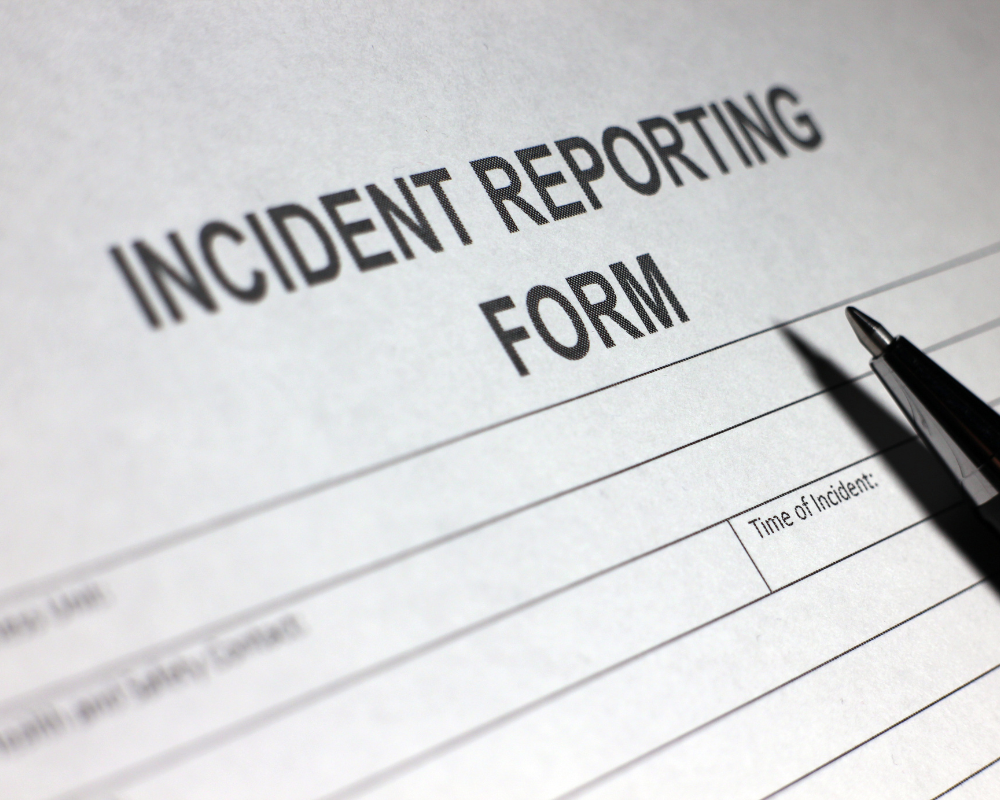Contact Form
SUBMIT
Message*
Contact Number*
Email Address*
Company
Last Name*
First Name*
If you'd like to know more about our services and how we can help your organisation, please send us a message below and we will get back to you within 2 business days.
Your enquiry has been submitted. Someone from our team will be in touch within 1-2 business days.
Thank you

Why Investigating Workplace Health and Safety Incidents is Crucial for Businesses
James Mayhew
written by
July 4, 2023
Workplace health and safety incidents pose significant challenges for businesses in Australia. Beyond legal obligations, investigating these incidents is crucial for improving business outcomes and creating a safe and healthy work environment that fosters worker well-being and productivity.
Legal Obligations and Regulatory Framework
In Australia, outside of certain industries where specific legislation applies, such as Coal Mining Safety and Health Act 1999 in QLD or Work Health and Safety (Mines and Petroleum sites) Act 2013 in NSW, all jurisdictions except Victoria have implemented the model WHS laws, commonly known as the Work Health and Safety and Regulations. Businesses are required to comply with workplace health and safety legislation which establishes requirements for reporting certain incidents, conducting investigations, and implementing preventive measures. Failing to meet these legal obligations can result in severe penalties and reputational damage.
Benefits of Investigating Workplace Incidents
Enhanced Employee Safety and Well-being
Investigating workplace incidents demonstrates a commitment to worker safety and well-being. By identifying and addressing potential hazards, businesses can create a safer and healthier work environment, reducing the risk of incidents and injuries. This leads to increased worker satisfaction and loyalty.
Prevention of Recurring Incidents
Thorough incident investigations help uncover underlying root causes, enabling businesses to implement preventive measures. By identifying patterns or systemic issues, organisations can take corrective actions to prevent similar incidents from occurring in the future. This proactive approach minimises disruptions and enhances workplace health and safety.
Improved Business Efficiency and Productivity
Investigating workplace incidents provides insights into process inefficiencies and bottlenecks. By analysing incidents, businesses can identify areas for improvement, streamline workflows, and optimize productivity. This leads to cost savings, increased operational efficiency, and a competitive advantage.
Mitigation of Legal and Financial Risks
Failure to investigate workplace incidents can expose businesses to legal and financial risks. By promptly investigating incidents, organisations can gather evidence, identify liability, and take appropriate actions to mitigate potential legal consequences. This helps protect the company’s reputation, minimise legal expenses, and avoid regulatory penalties.
Positive Impact on Workplace Culture
Investigating workplace incidents fosters a positive culture of health and safety within the organisation. It demonstrates a commitment to worker well-being and encourages open communication regarding safety and health concerns. This engagement leads to increased trust, higher worker morale, and improved overall workplace culture.
How to Implement Workplace Incident Investigations
A. Establish Clear Reporting and Documentation Procedures
To ensure effective incident investigations, businesses should establish clear reporting channels and documentation procedures. Encourage workers to promptly report incidents and provide comprehensive information to facilitate thorough investigations.
B. Conduct Thorough Incident Analysis
When investigating workplace incidents, it is essential to conduct a detailed analysis. Identify the root causes, contributing factors, and any system failures that may have led to the incident. This analysis forms the basis for implementing preventive measures.
C. Implement Corrective Measures and Preventive Actions
Once incident analysis is complete, take appropriate corrective actions to address identified issues. Implement preventive measures, such as process improvements, additional training, or equipment upgrades, to eliminate or mitigate potential hazards and prevent future incidents.
D. Training and Education
Investing in training and education is vital for maintaining a safe and healthy work environment. Provide ongoing health and safety training to workers, emphasising best practices, hazard identification, and emergency response. This continuous education helps prevent incidents and creates a safety-conscious workforce.
E. Continuous Improvement and Evaluation
Regularly evaluate incident investigation processes and make necessary improvements. Monitor the effectiveness of implemented measures, review incident trends, and identify areas for further enhancement. Continuous improvement ensures the effectiveness and relevance of workplace incident investigations.
Conclusion
Investigating workplace health and safety incidents goes beyond legal obligations for businesses. It is a proactive approach that enhances worker health and safety, improves business outcomes, and creates a positive workplace culture. By implementing thorough incident investigations, businesses can mitigate risks, drive efficiency, and foster a safe and productive work environment.
This blog provides a general overview of benefits of investigating WHS incidents. If you require assistance with investigating WHS incidents, our team of experienced investigators can lead or facilitate investigations by using a systematic approach to investigate to root cause, identify recommendations to help prevent future incidents using the ICAM methodology (incident cause analysis methodology).